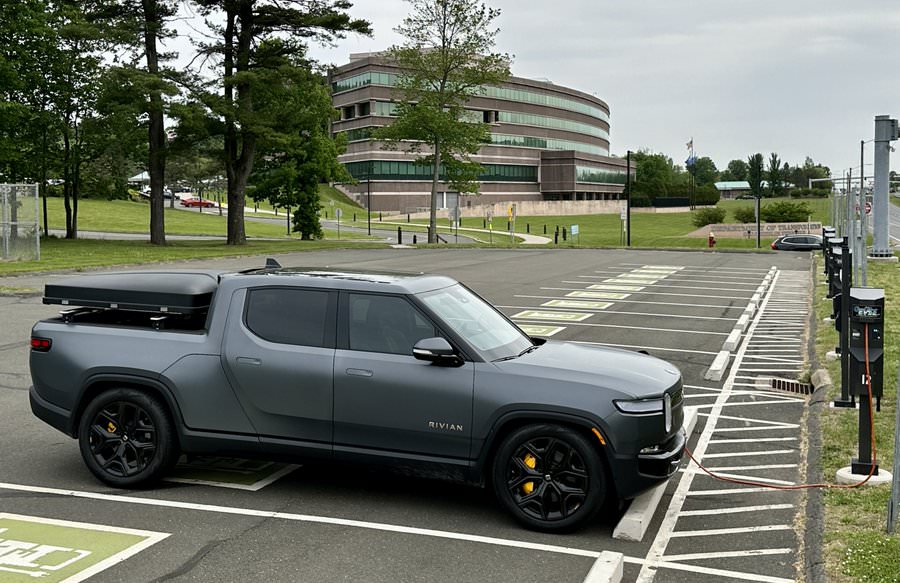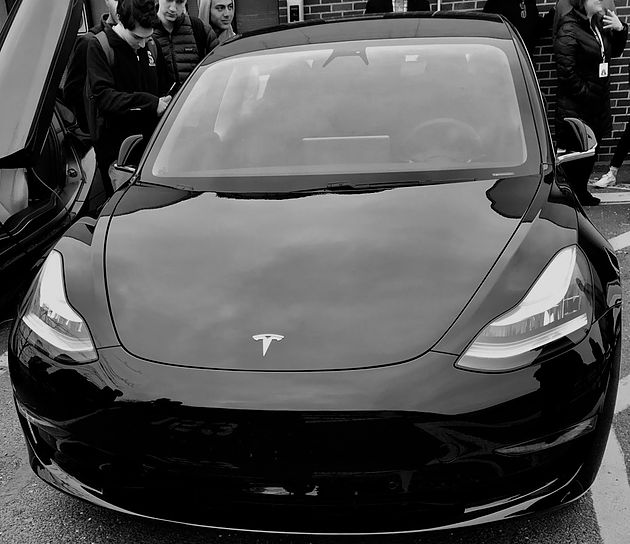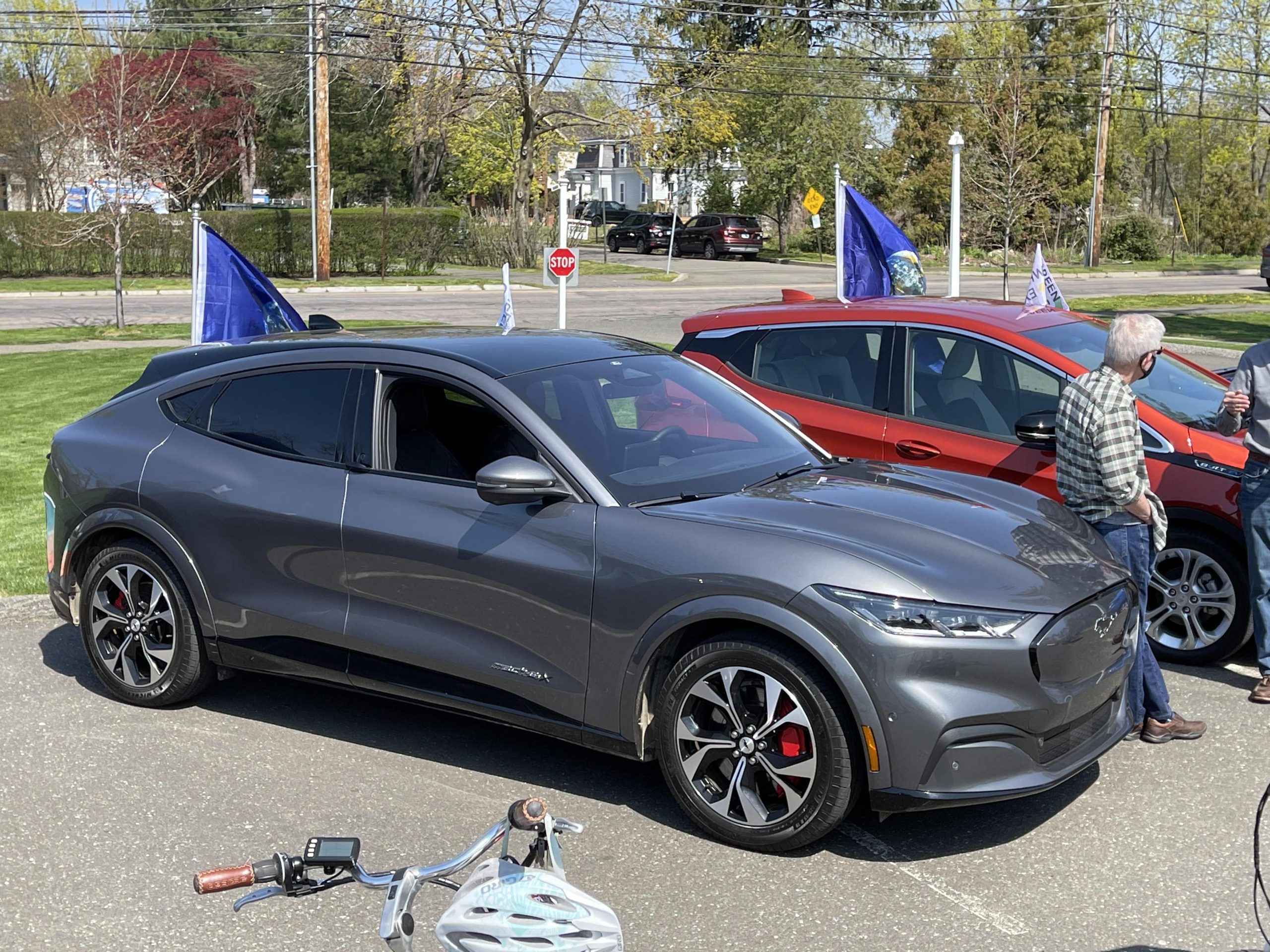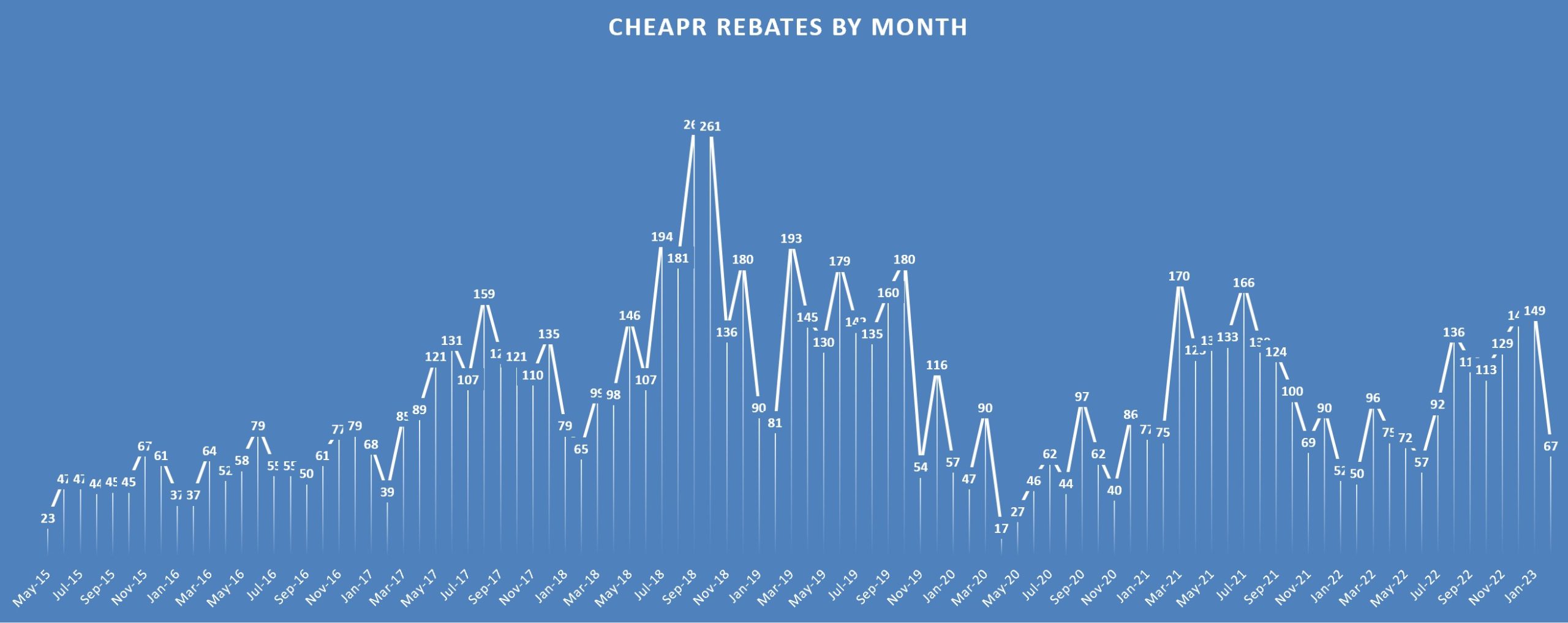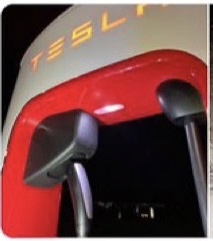Inflation Reduction Act EV Incentive Updates – May 2023
photo credit: Paul Braren/Post: Barry Kresch IRA Went into Effect with Rule-making Still a Work in Progress The most challenging part of the rule-making has to do with the rules around battery minerals. The IRA … Read more


